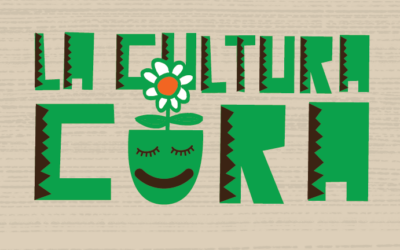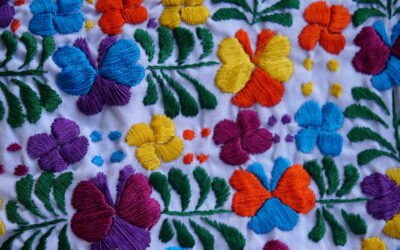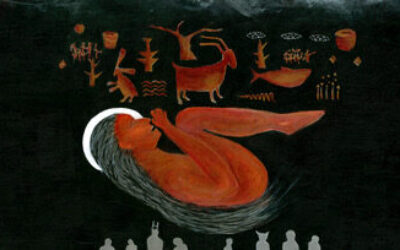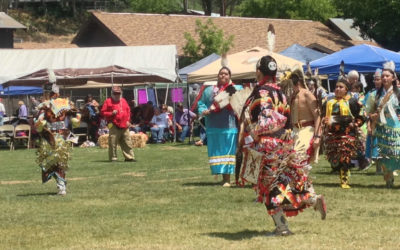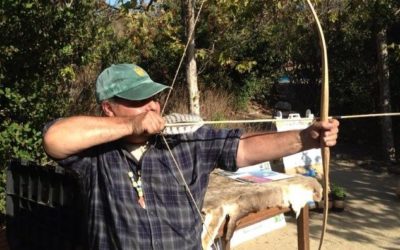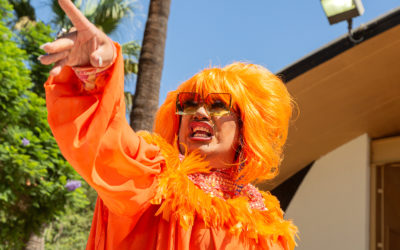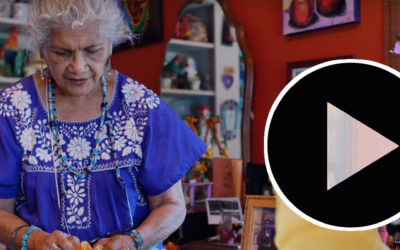Usando las artes tradicionales para sobrellevar el estrés y la ansiedad
Using the traditional arts to cope with stress and anxiety
Profile
Gaudencia Lopez
Oaxacan Cambalache Embroidery
Featuring Artists and Advocates L. Frank Manriquez and Sipu Whittle
Material arts and storytelling
Profile
Southern Sierra Miwuk Nation
Safeguarding and passing on knowledge
Profile
Richard Bugbee
Waw'kish, A Southern California Tribal Sport
Site Visits with ACTA's 2019 Apprenticeship Cohort
Celebrating the Cultural Treasures of Los Angeles
NEA National Heritage Fellow and California Master Artist

